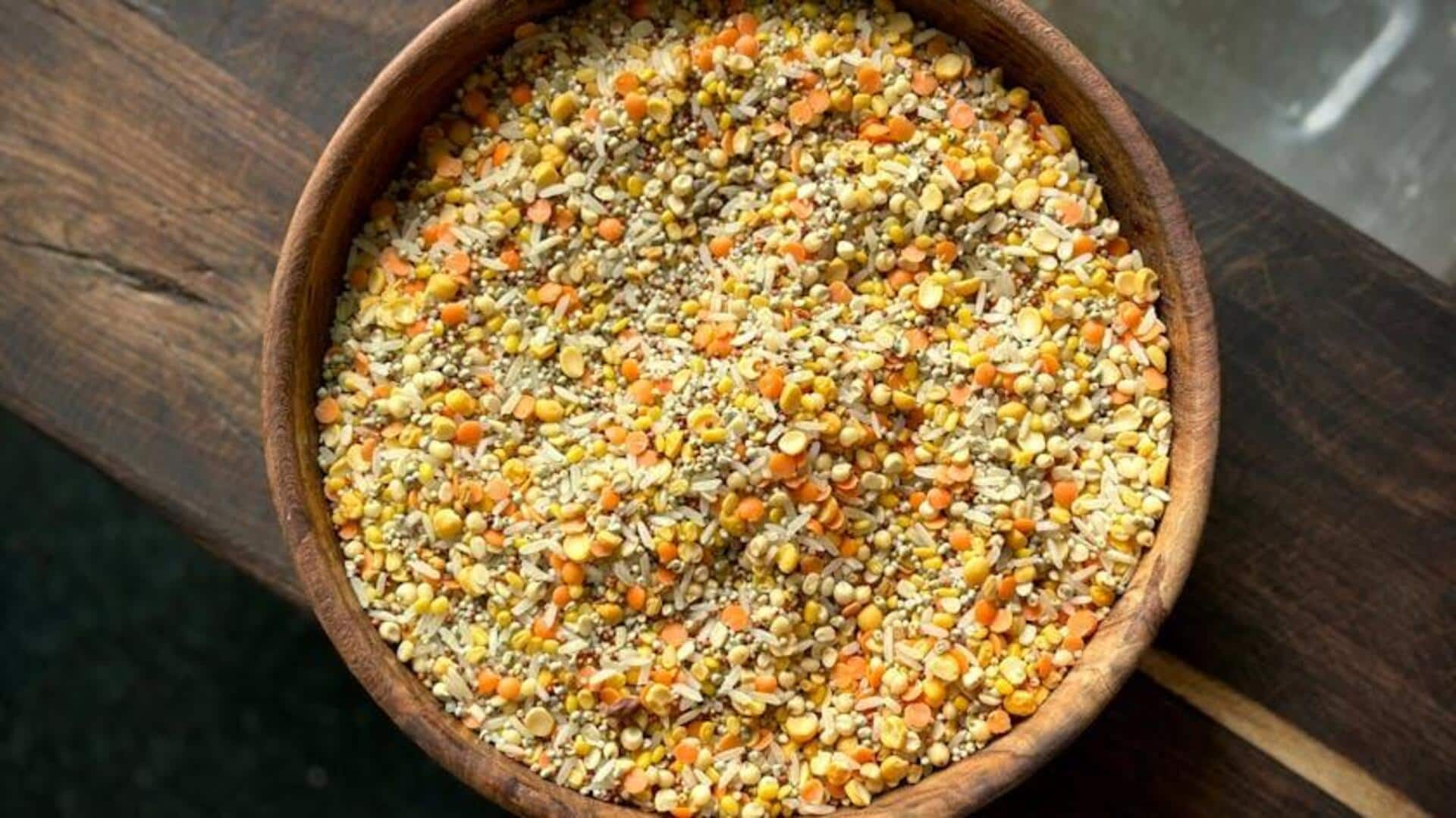
Millet v/s quinoa: Comparing their nutrition
What's the story
Millets and quinoa are two such grains that have become popular for their nutritional benefits. Both are rich in essential nutrients, making them great additions to a balanced diet. While millet is an ancient grain regularly consumed in Asian and African regions, quinoa originated in South America. Here, we explore the nutritional profiles of these grains, and their health benefits, and how they can be included in daily meals.
#1
Protein content analysis
Quinoa is often lauded for being rich in protein, boasting all nine essential amino acids (making it a complete protein source). It offers roughly eight grams of protein per cup (cooked). Millet offers about six grams of protein per cup but lacks some of the essential amino acids in quinoa. However, millet can still make a great addition to your vegetarian diet when eaten with other protein sources.
#2
Fiber and digestive health
Both millet and quinoa are great sources of dietary fiber, which helps in digestion and gut health. Quinoa has around five grams of fiber per cup cooked, while millet provides a little less (around two grams per cup cooked). The fiber content in these grains helps keep bowel movements regular and may lower cholesterol levels.
#3
Vitamin and mineral content
Quinoa is packed with vitamins such as B-vitamins (B1, B2, B6), vitamin E, and minerals like magnesium, phosphorus, potassium, iron, copper, calcium, zinc, etc., contributing to the overall maintenance of health. Millet also offers essential nutrients including magnesium, phosphorus, manganese, etc., but it usually has fewer vitamins than quinoa yet still proves to be beneficial due to its mineral content.
Tip 1
Glycemic index considerations
The glycemic index (GI) indicates how fast foods increase blood sugar levels after eating; lower GI foods are better for keeping blood sugar levels steady overtime. Quinoa has a fairly low GI score of 53-57 depending on how it's prepared, whereas millets vary from low-to-moderate scores depending upon the kind used, making both options beneficial in keeping glucose response in check within balanced diets.